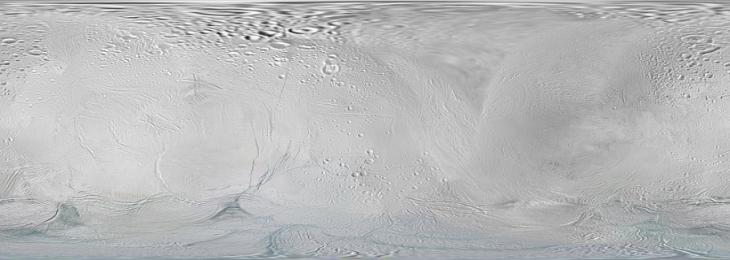
According to a new study, tidal strains on sixth biggest moon of Saturn named Enceladus, a world of interest in the quest for life beyond Earth, may be triggering frequent ice quakes.
Seismic activity could provide scientists with information on the thickness of the ice that surrounds the moon and the oceans that lay beneath it. According to a new study, tidal strains on Saturn's sixth biggest moon Enceladus, a world of interest in the quest for life beyond Earth, may be triggering frequent ice quakes. A deeper understanding of seismic activity may disclose what lies beneath the moon's frozen shell and provide clues to its ocean's habitability.
Enceladus has a diameter of around five hundred kilometres and is almost totally covered in ice. Despite the fact that the moon is roughly ten times as far away from the Sun as Earth, and its brilliant surface reproduces most daylight, creating it extremely frigid, scientists have long ventured that the ice encases a fundamental liquid ocean.
Similar to how Earth's Moon creates tides on Earth, the moon is likely subjected to huge tidal forces created by Saturn and the planet's other, larger moons. Inside Enceladus, tidal oscillations warm the interior, crack the surface, and occasionally compress tall geysers of water vapour through prominent cracks known as the tiger stripe fractures.
Tides on Enceladus, like ice quakes on Antarctica's floating ice sheets, may create minor quakes in the ice along the moon's fissures, according to a new research based on studies of Antarctic ice shelves. Between 2014 and 2016, the researchers studied data acquired by seismometers along the Ross Ice Shelf in Antarctica and compared it to satellite photographs of the area. They were especially interested in two seismometers positioned near huge rifts in the ice slab.
The work is a critical step in determining how seismicity on Enceladus and other tidally activated frozen worlds would look by examining the best analogues we have on Earth.






